When users report inconsistent operation modes or sudden performance irregularities, two commonly overlooked root causes emerge: mode glitches and calibration drift. These two phenomena, though distinct in origin, often interact and compound each other, creating a confusing set of symptoms that frustrate users and burden support teams. Understanding the relationship between the two is key to ensuring product reliability in precision-driven devices.
Mode glitches refer to spontaneous or unintended switching, freezing, or misbehavior of a device’s operational modes. In products like water flossers, skincare devices, or precision cleaning equipment, these might include:
These glitches often stem from firmware instability, interference from internal sensors, or signal misprocessing, especially when real-time controls are involved.
Calibration drift happens when internal sensors or controllers gradually lose accuracy due to aging components, environmental exposure, or material fatigue. For example:
When calibration drift occurs, it skews the internal feedback loop, causing misalignment between expected vs. actual behavior—directly triggering mode inconsistencies.
The connection between the two is systemic. Calibration drift alters the baseline assumptions of the control logic. As a result:
Thus, mode glitches are not always bugs—sometimes they’re symptoms of degraded sensor trustworthiness.
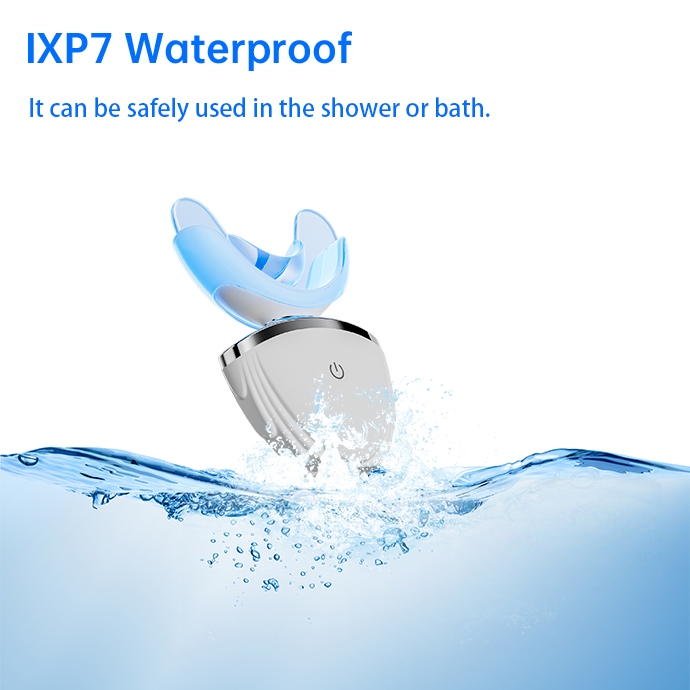
In commercial or clinical use environments, mode glitching and calibration drift can be particularly disruptive:
These failures reduce customer confidence, increase training/support costs, and may even pose compliance issues in regulated markets.
To avoid this dual failure mode, B2B manufacturers should consider:
These steps significantly reduce long-term degradation, especially in high-use products.
Ignoring calibration drift today often results in escalated mode glitch complaints tomorrow. On the flip side, proactive drift management can deliver:
Addressing these interconnected issues is not just a technical necessity—it’s a competitive differentiator.
While mode glitches may appear random or user-induced, they frequently stem from deep calibration drift issues. Understanding this relationship empowers manufacturers to build smarter, more resilient systems that deliver stable performance across a product’s lifetime.
Looking to optimize your firmware, calibration protocols, or sensor systems? Reach out to our engineering team to explore tailored B2B solutions or advanced OEM collaboration opportunities. Contact us
Battery Bloating with Jaw Fatigue – Coincidence?
ergonomic electric toothbrush handle OEM
Eco-Friendly Bamboo Electric Toothbrush Manufacturer: A Greener Future for Oral Care
.jpg)
Why Consumers Prefer electric vs manual toothbrush – And How Brands Can Benefit
Electric Toothbrush with Replaceable Head OEM | Sustainable Smart Brushing
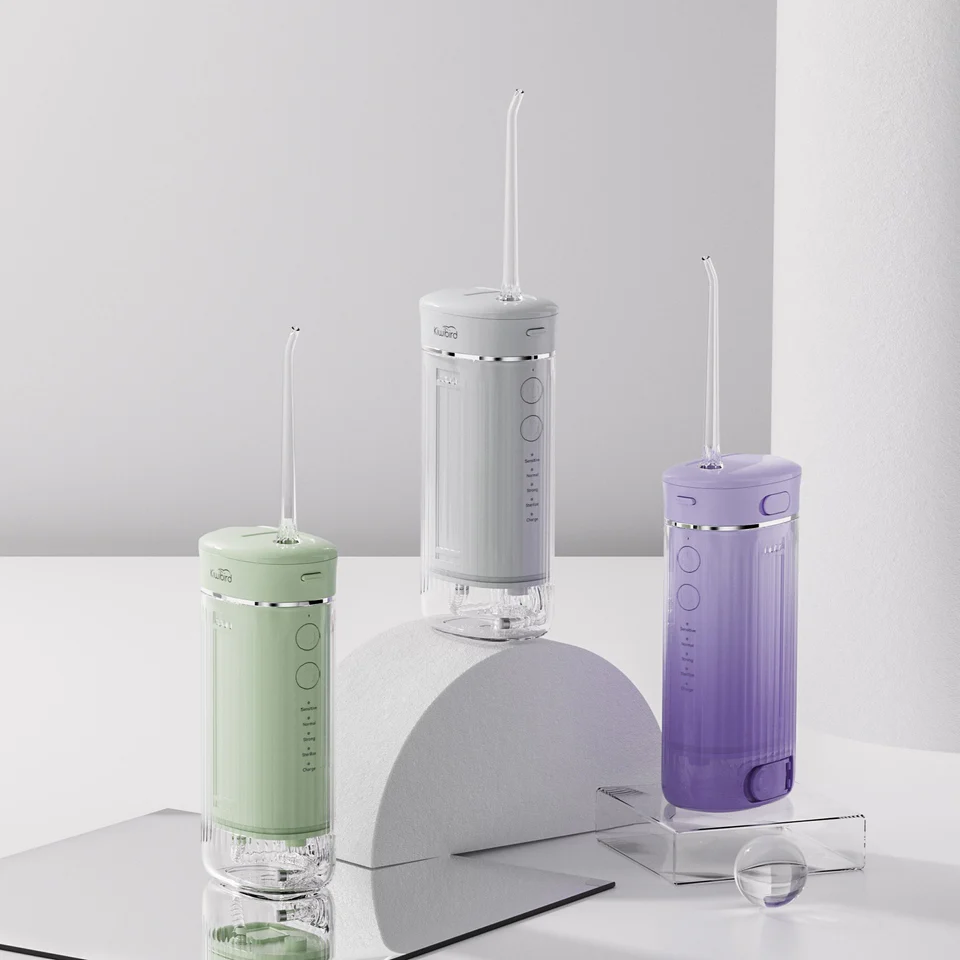
How Brands Can Expand Oral Care Line with Competitive Water Flossers
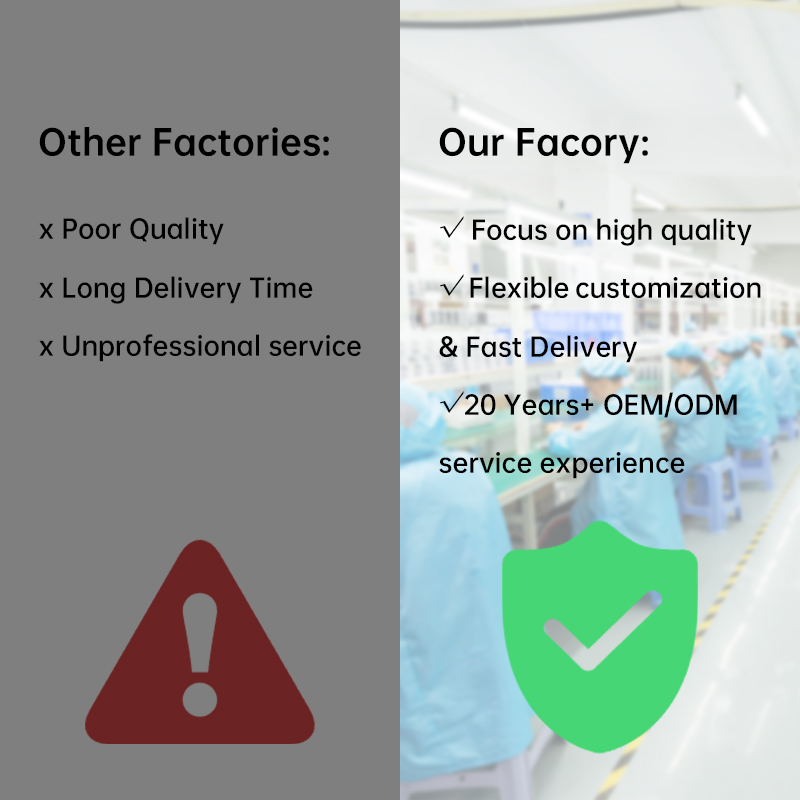
Ensuring Safety in Personal Teeth-whitening: A Guide for OEM Brands
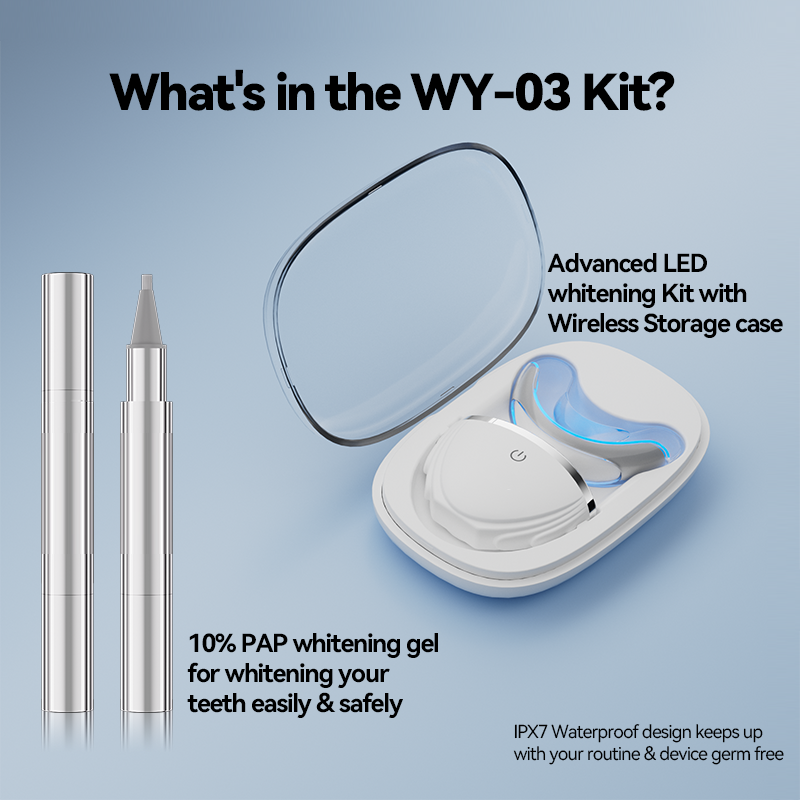
What Gives Some Teeth Whitening Devices Competitive advantage?
Blue vs Red Light for Teeth Whitening: Choosing the Right OEM Technology
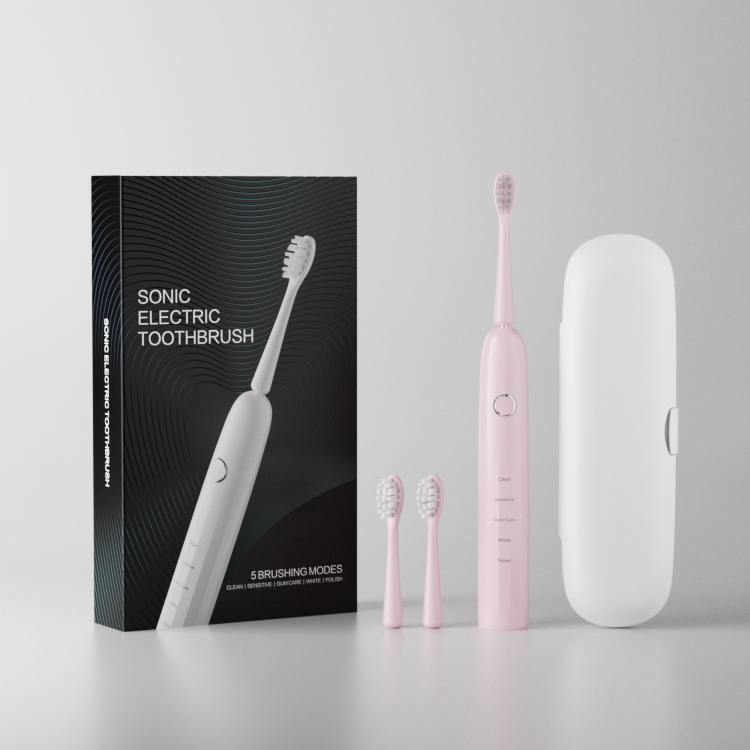
Seeking a Toothbrush for Dental Clinics Produced by an ISO13485 Electric Toothbrush Factory?
Gasket Mold Plus Bacterial Regrowth – Health Hazard?
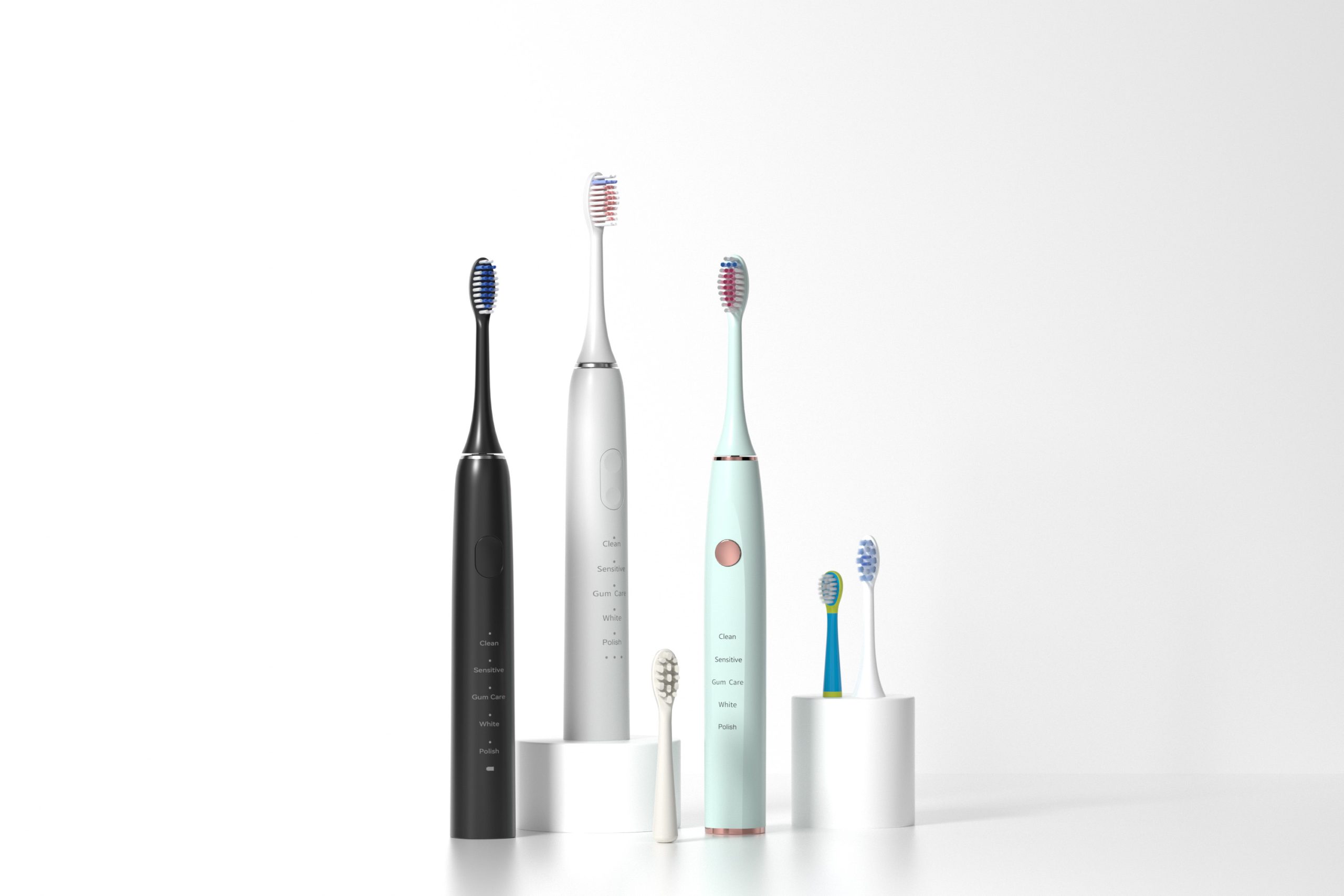
Troubleshooting Electric Toothbrush Problems: A Guide for Brands & Factories
.jpg)
Can a Magnetic Levitation Motor Define a Quiet Toothbrush Manufacturer?
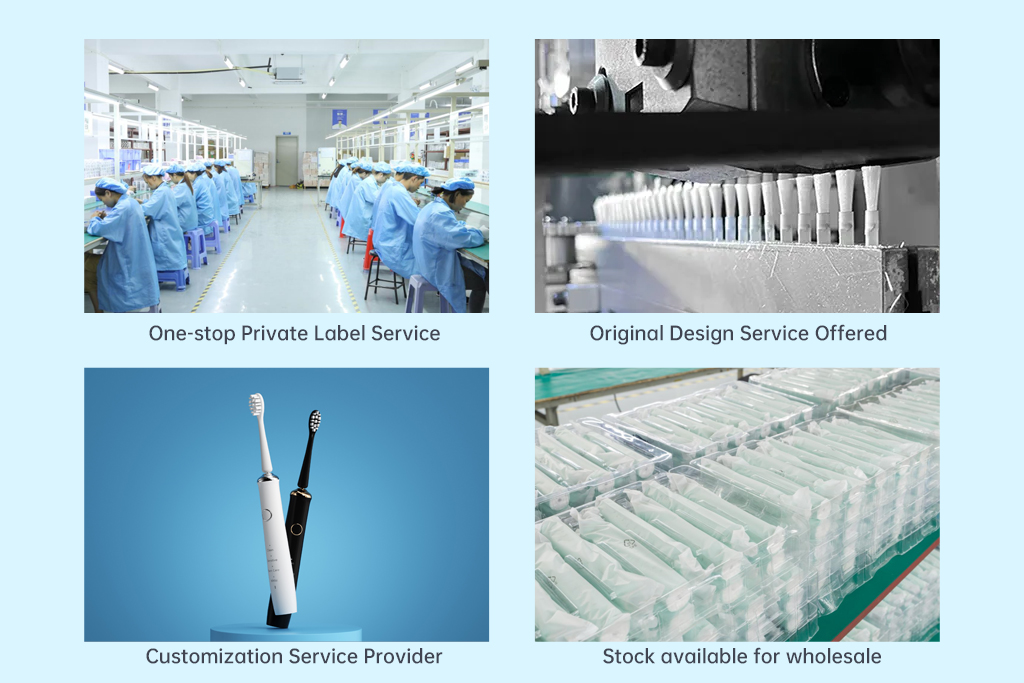
How Changing Consumer Attitudes Are Shaping Oral Care Product Demand
.jpg)
The Ultimate Guide to Purchasing Water Flosser from China for Maximum Value
Hose Rupture and Gum Discomfort – Related?

electric toothbrush heads Charcoal Infuse-Round

electric toothbrush heads Regular Clean
.jpg)
Florida Electric Toothbrush – Powsmart PTR-C8

Electric toothbrush heads Charcoal Infused-Diamond

electric toothbrush heads Ultra Soft

Private Label Whitening Gel

Customization Teeth Whitening Gel

electric toothbrush heads Deep Clean
whstapp
whstapp
National Toll-Free Service Hotline
+86 755 86238638